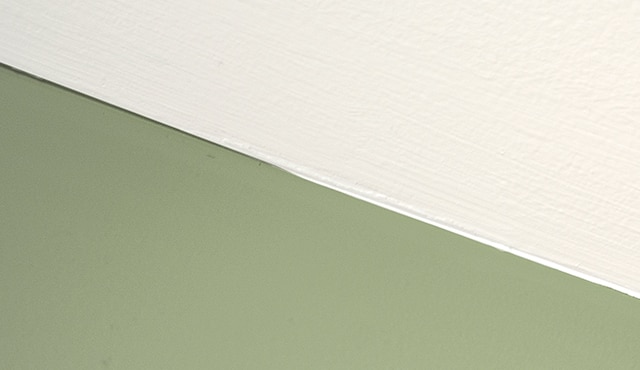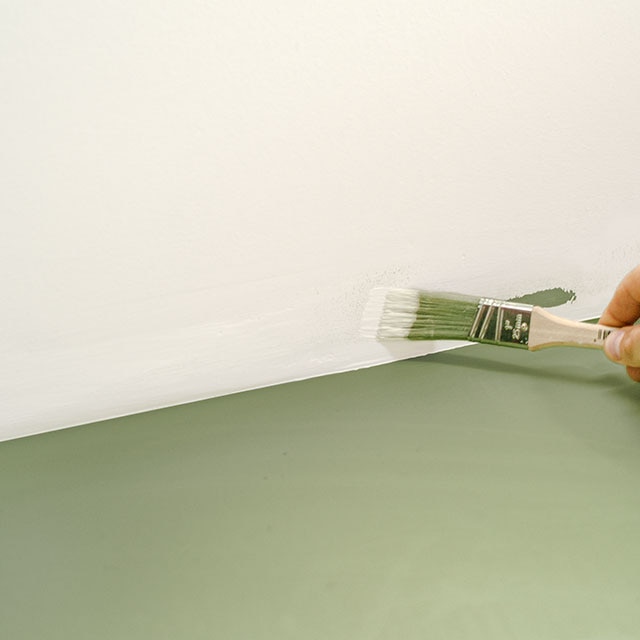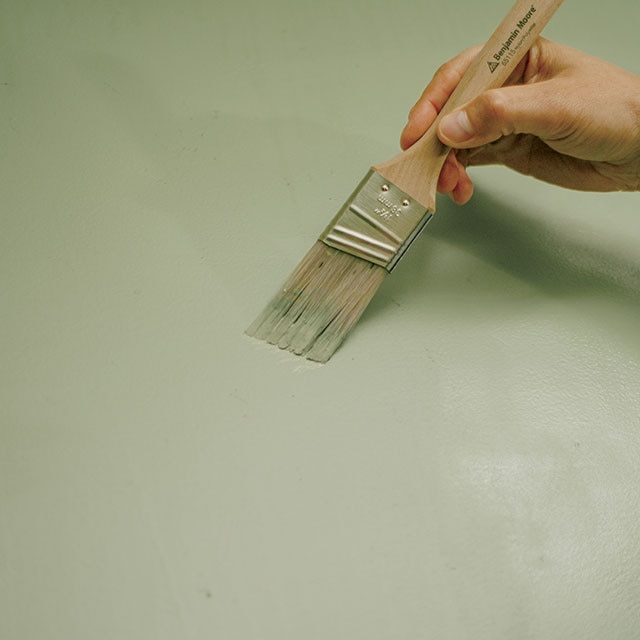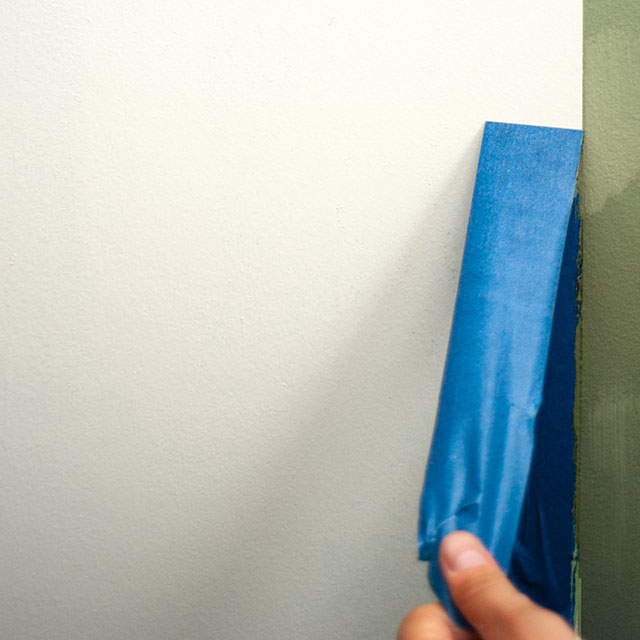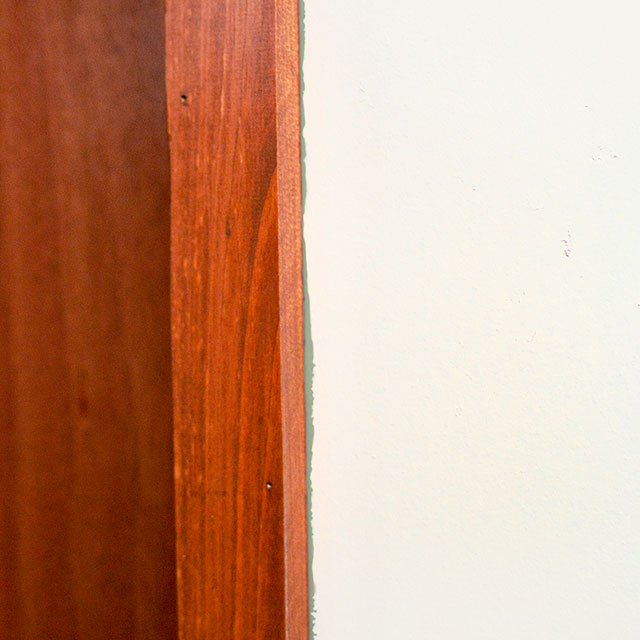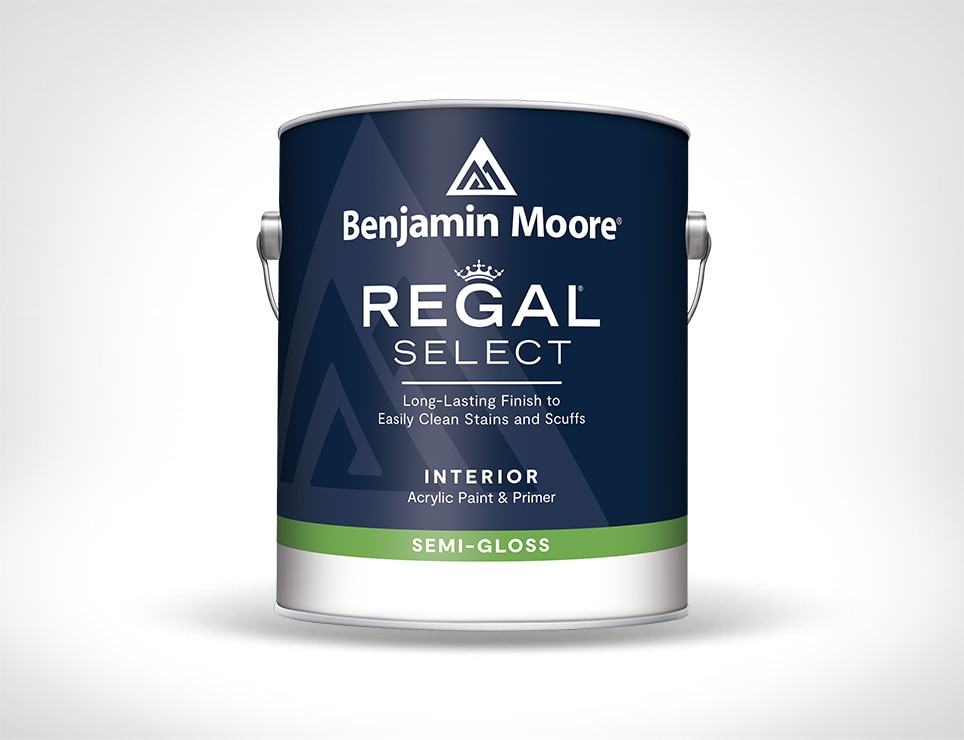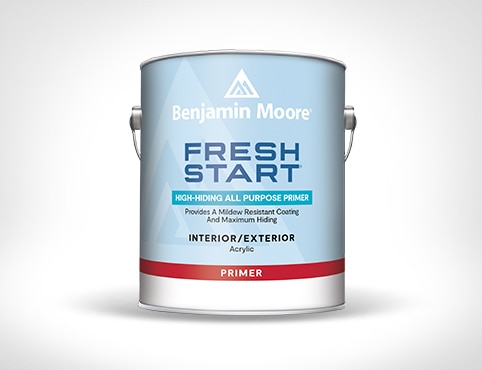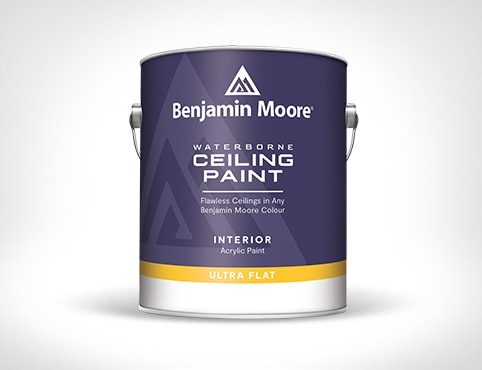Mistake: Paint drips, runs and streaks
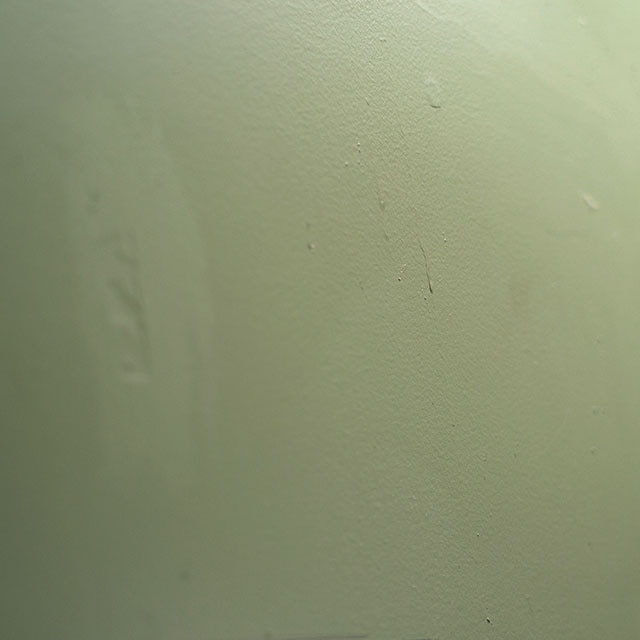
Why it happens: An excessive amount of paint on your roller or paintbrush can cause paint to drip and run. Streaks, where paint is unevenly distributed on a wall, typically result from having too little paint on your roller or brush.
What you’ll need to fix paint drips, runs and streaks:
- Paintbrush
- Razor
- Fine (120 to 220) grit sandpaper
- Medium (60 to 100) grit sandpaper
- REGAL® Select, ben® or Aura® interior paint
- Sponge
- Water
